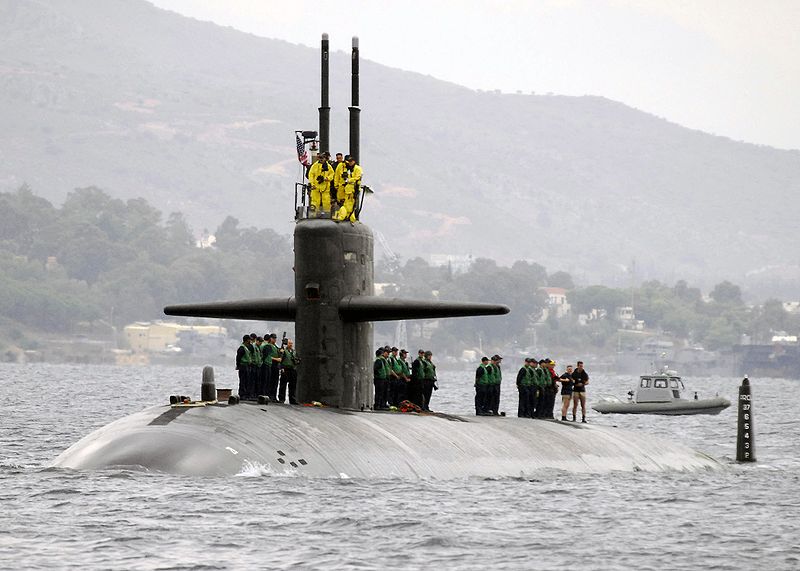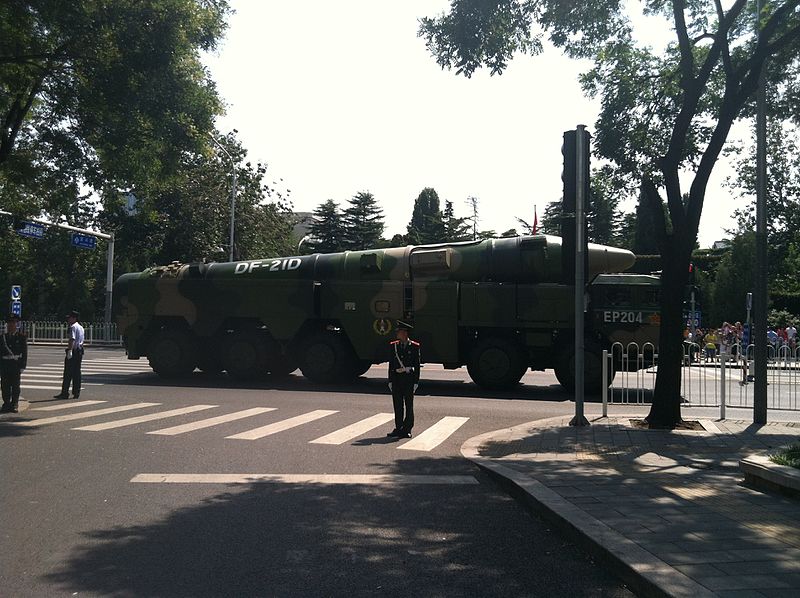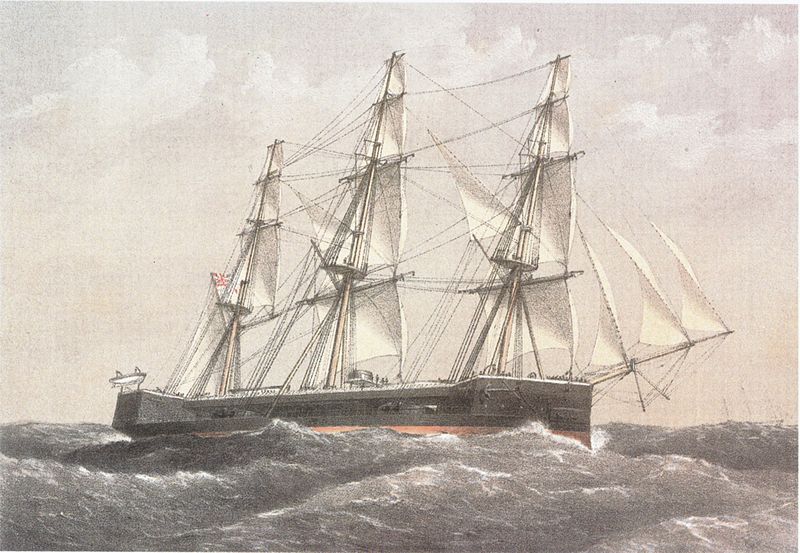I’ve mentioned Aegis several times, but haven’t really explained what it is. As it, and systems like it, are very important parts of modern naval warfare, this is a gap I intend to rectify.

Aegis destroyer USS Wayne E Meyer at LA Fleet Week 20161
During WWII, navies realized that the increasing performance of airplanes, and the development of guided missiles, would render guns obsolete as air-defense systems. They began to develop missiles as an alternative, although none reached service before the mid-50s. The US 3T family – Talos, Terrier and Tartar – is a good cross-section of these early missiles. These early missiles had much greater envelopes than the guns they replaced, but they weren’t perfect by any stretch of the imagination. Targets were acquired by rotating radars, which would take several seconds to complete a search. Each missile required a dedicated illuminator to provide the signal it homed in on. Due to electronic interference, only two illuminators could be installed on each end of the ship.2 Due to the limited accuracy of early missiles, two missiles were fired at each target, limiting a ship to no more than maybe 8 missiles in the air at once. In theory, it should be able to fire about two missiles/launcher/minute, but in practice it was usually limited by guidance channels. Long-range missiles might be able to get off 10 salvos/end, more normal systems about half that. So a heavy escort could kill maybe 20 targets, a normal one 5-10, assuming that the missiles actually worked.









Recent Comments